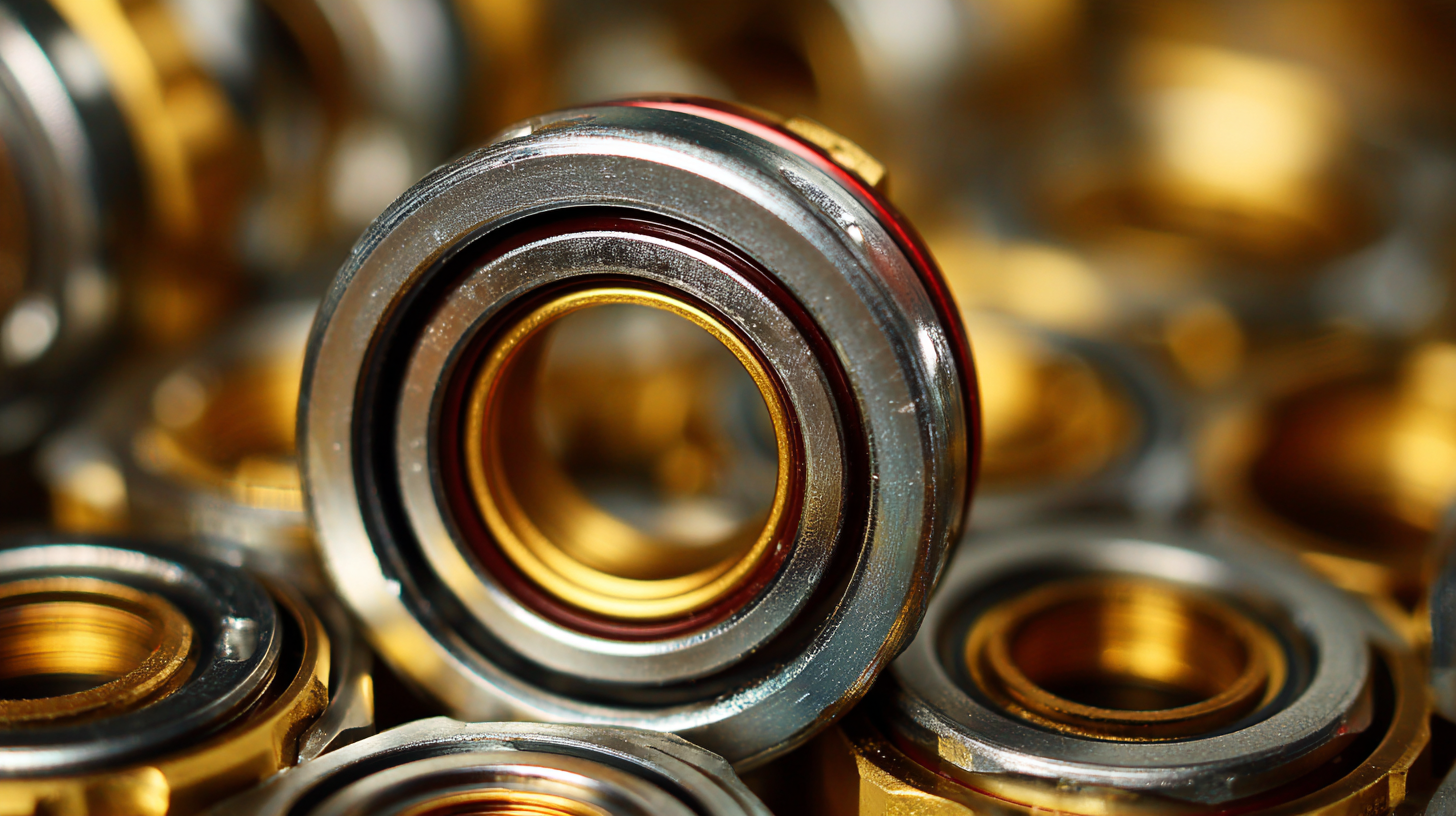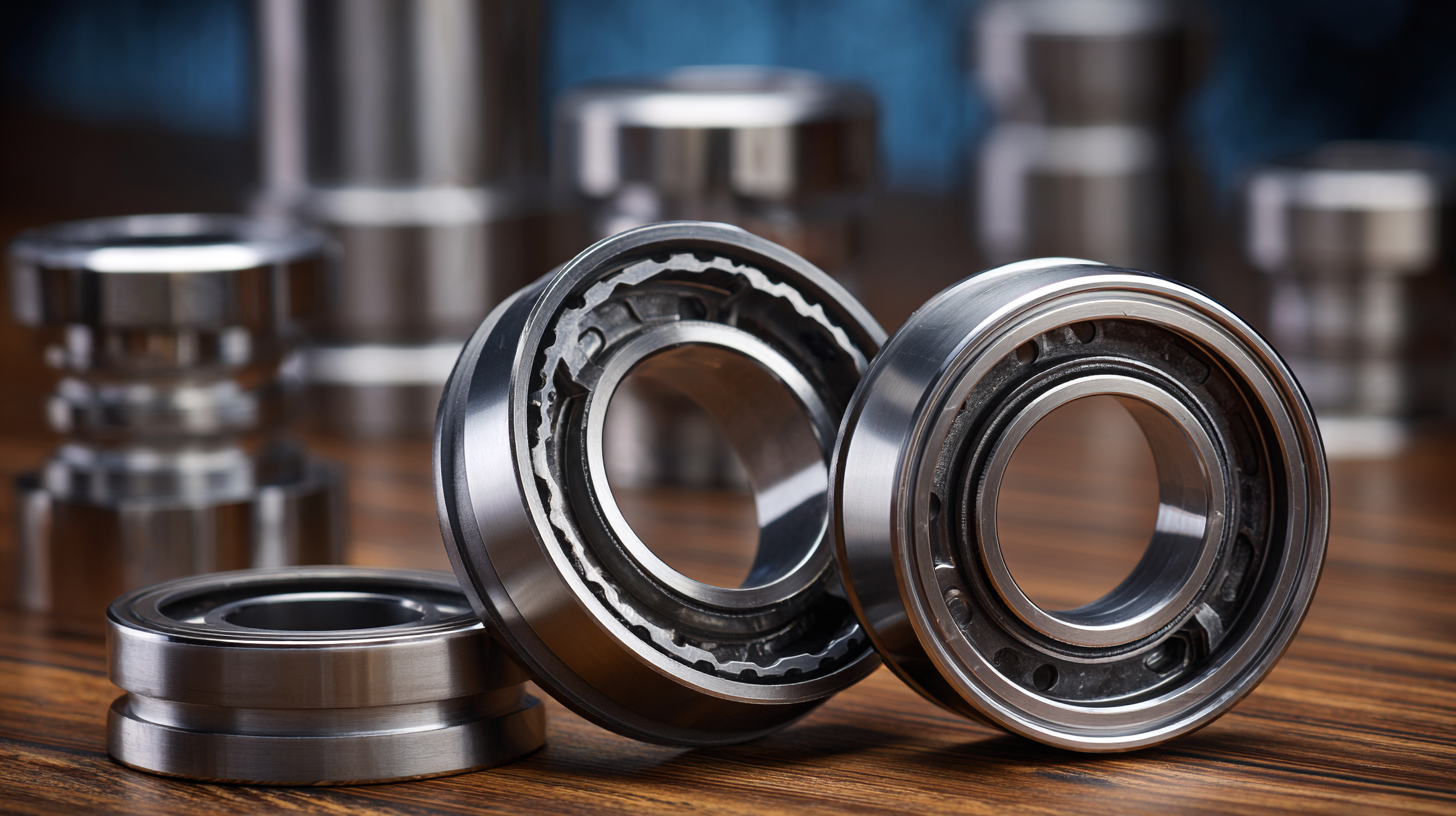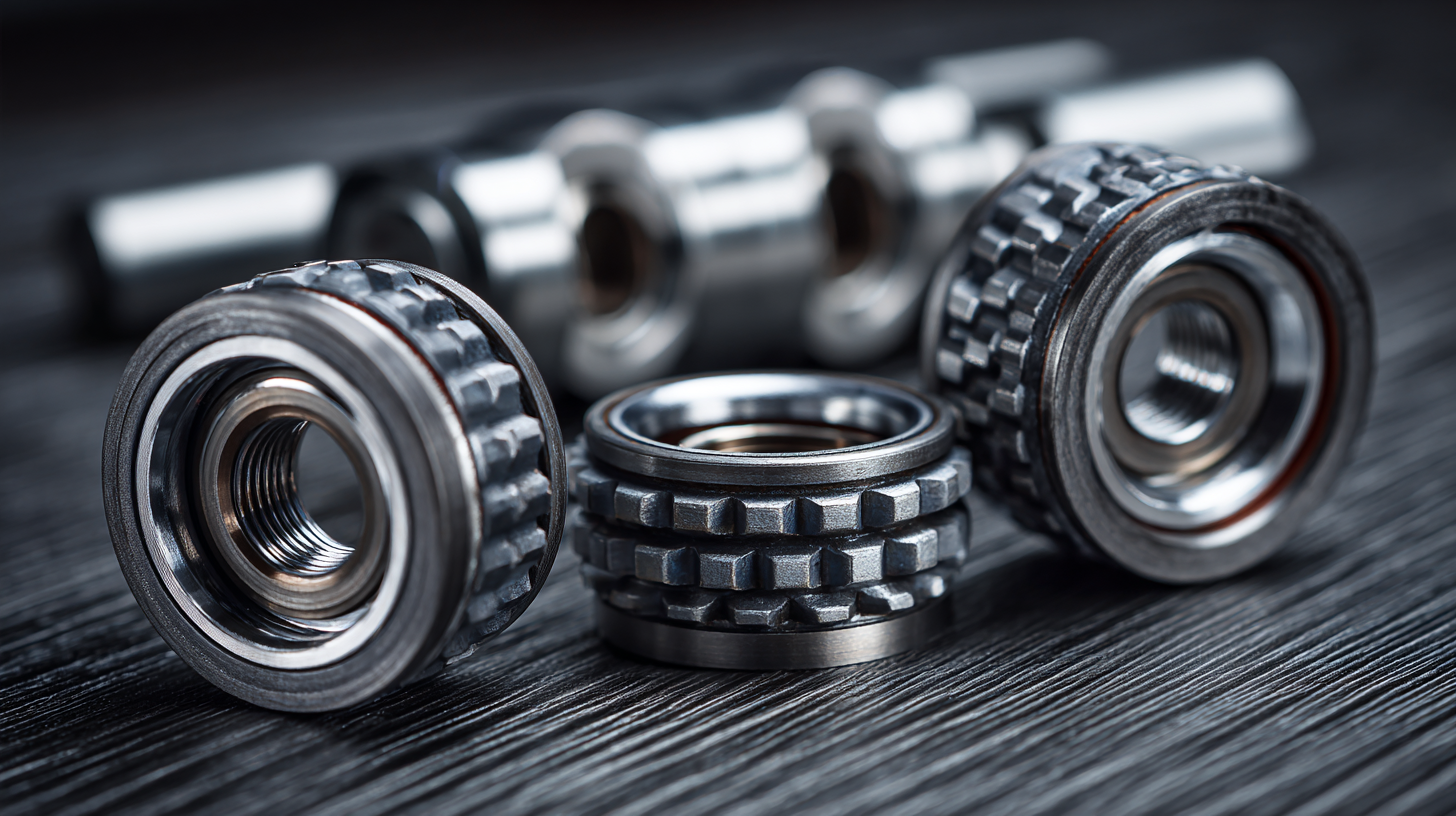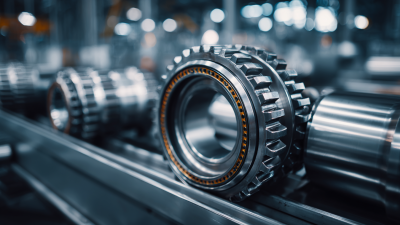Understanding the Functionality and Benefits of Nup Bearing Types
In the world of engineering and machinery, the Nup Bearing plays a crucial role in ensuring optimal performance and reliability. This specialized bearing type, characterized by its unique design and functionality, offers significant advantages in various applications, from automotive to industrial settings. As we delve into the functionality and benefits of Nup Bearings, it becomes evident that their ability to accommodate axial loads while maintaining stability is a game-changer for many industries. Understanding the intricacies of Nup Bearings not only aids in selecting the right type for specific applications but also highlights their importance in enhancing the longevity and efficiency of mechanical systems. In this guide, we will explore the different types of Nup Bearings, their operational principles, and the myriad benefits they bring to engineering and manufacturing processes.

The Importance of Nup Bearing Types in Modern Engineering Applications
Nup bearing types have become increasingly vital in modern engineering applications, owing to their unique design and functional benefits. These bearings provide superior performance in various environments, including automotive and construction sectors. With the rise of advanced composite materials, the integration of Nup bearings ensures that components maintain their structural integrity while minimizing weight and maximizing efficiency. As the demand for lightweight yet durable materials grows, Nup bearings stand out as a crucial element in enhancing performance and longevity.
Tips for selecting the right Nup bearing include considering the load requirements and operational conditions. It is essential to evaluate the type of lubrication necessary for optimal performance, especially in dynamic applications. Furthermore, regular maintenance can significantly extend the life of the bearings, reducing downtime and improving overall productivity.
Incorporating Nup bearings into engineering designs not only supports innovative trends in sustainability but also aligns with the growing emphasis on resilience in building technologies. As architects and engineers strive to create structures that can withstand natural disasters, the reliability and effectiveness of Nup bearing types play an essential role in modern engineering applications.

Key Characteristics of Nup Bearings: Design, Performance, and Material
Nup bearings, known for their unique design and function, are essential components in various mechanical applications. One of their key characteristics is the cylindrical shape, which allows for high radial load capacity and ease of installation. This design also enables these bearings to accommodate both axial and radial loads, making them versatile for different operational conditions. The inner ring's elongated shape enhances lateral guidance, ensuring stability during rotation, which is particularly valuable in high-speed applications.
Material selection is another significant aspect of Nup bearings. Typically made from high-grade steel, these bearings offer superior durability and resistance to wear, even under challenging environments. Additionally, the presence of specialized coatings can further enhance their performance by providing additional protection against corrosion and fatigue. Coupled with their ability to operate effectively under a wide range of temperatures, Nup bearings stand out for their reliability and efficiency, making them a favored choice in industries ranging from automotive to aerospace.

Analyzing Load Capacities: Nup Bearing vs Other Bearing Types
Nup bearings are designed to accommodate both radial and axial loads, making them versatile for various applications. When compared to traditional bearing types, Nup bearings stand out due to their unique structure, which includes an outer ring with a rib and an inner ring that allows for axial movement. This feature significantly enhances their load capacity, particularly in scenarios involving combined loads. By analyzing the load capacities of Nup bearings versus other bearing types, it becomes evident that Nup bearings can support greater loads while maintaining lower friction levels, which leads to improved efficiency and reduced wear over time.
In applications where space constraints and precise axial positioning are critical, Nup bearings offer distinct advantages. Their ability to handle misalignment and accommodate thermal expansion can result in longer operational lifetimes. In contrast, standard roller or ball bearings may struggle with these aspects, leading to premature failure. Additionally, Nup bearings excel in high-speed applications, delivering robust performance without compromising on load capacity. Consequently, industries looking to optimize their machinery's performance often turn to Nup bearings for their reliability and superior load-handling capabilities, reinforcing their importance in modern engineering solutions.
Cost-Efficiency: The Economic Benefits of Using Nup Bearings in Industry
Nup bearings have increasingly become the go-to choice in various industrial applications, primarily due to their cost-efficiency and adaptability. According to a report by MarketsandMarkets, the global bearing market is projected to grow from $100 billion in 2020 to $120 billion by 2025, with Nup bearings leading the category due to their optimized design that reduces operational costs. The versatility of Nup bearings allows for enhanced load distribution and minimal friction, which not only improves performance but also significantly lowers maintenance costs, thus providing a considerable return on investment.
**Tip:** When selecting Nup bearings for your operations, consider the specific load conditions and environmental factors to maximize their lifespan and efficiency.
Industries that integrate Nup bearings into their machinery are witnessing reductions in downtime and maintenance expenses, making them a smart economic choice. Research indicates that companies utilizing high-quality Nup bearings see an average decrease of 15% in production costs due to improved efficiency. As businesses seek to streamline costs in a competitive market, investing in Nup bearings emerges as a strategic approach to enhance operational reliability and boost profitability.
**Tip:** Regularly review your bearing performance metrics to identify opportunities for further cost savings and efficiency improvements.
Understanding the Functionality and Benefits of Nup Bearing Types - Cost-Efficiency
| Bearing Type | Load Capacity (kN) | Speed Rating (RPM) | Operating Temperature (°C) | Economic Benefit (%) |
|---|---|---|---|---|
| NU 2208 | 25 | 3000 | -20 to +100 | 15 |
| NUP 205 | 40 | 4500 | -10 to +120 | 20 |
| NU 313 | 35 | 3600 | -30 to +100 | 10 |
| NUP 311 | 30 | 3200 | -20 to +110 | 18 |
| NU 301 | 50 | 2800 | -40 to +90 | 22 |
Future Trends: Innovations in Nup Bearing Technology and Their Impacts
The landscape of Nup bearing technology is on the brink of significant transformation, driven by the need for enhanced efficiency and sustainability. Innovations such as advanced materials and manufacturing techniques are setting new standards in performance. For instance, the introduction of high-performance polymer composites can substantially reduce weight while maintaining strength and durability, leading to improved energy efficiency in various applications. This shift not only optimizes operational costs but also aligns with global sustainability goals by minimizing material waste.
Moreover, the integration of smart technology into Nup bearings is revolutionizing how we monitor and maintain these critical components. With the advent of IoT-enabled sensors, users can now gather real-time data on bearing performance, allowing for predictive maintenance and reducing downtime. This capability not only extends the lifespan of bearings but also enhances operational reliability across industries. As these innovations continue to advance, the future of Nup bearings promises greater efficiency, reduced environmental impact, and increased competitiveness in the market.


